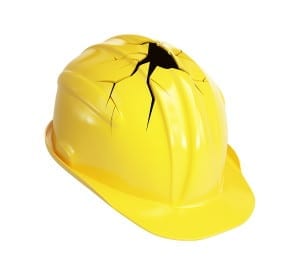Company Liability for Employee Negligence Under Respondeat Superior

In any lawsuit imputing liability to an employer, the court will make two inquiries. First, the court will inquire whether the employee who caused the injury was actually an employee as opposed to an independent contractor. An employer is typically not liable for the acts of independent contractors. However, if the employer exercises significant control over the worker‘s hours, tasks location, and wages and so on, an employee/employer relationship is likely to be found. In some cases where an independent contractor relationship is suggested, the court may also look to who provides the tools and/or transportation for the worker
Second, the court will inquire whether the employee was acting within the scope of employment when he injured the plaintiff. New Mexico jury instructions require that the employee‘s acts were both “fairly and naturally incidental to the employer‘s business assigned to the employee” and the employee was “engaged in the employer‘s business with the view of furthering the employer‘s interest.” In order to trigger the doctrine of respondeat superior, the employee‘s conduct must not have arisen from some “external, independent and personal motive.” This issue often arises under the “coming and going” rules where employees are not within the scope of employment while in route to or from work.
The determination of an employee relationship is often critical to a personal injury claim. The issue comes up in many different situations. Perhaps the most common are auto accidents. The “coming and going rule” will not hold an employer liable for an auto accident caused by an employee on the way to or from work in most cases. On the other hand, an employee who is clearly within the scope of employment when the accident occurs will trigger liability on the employer.
The difficult areas fall between these two extremes. For instance, an employee may be delivering goods for the employer, take a detour for some personal business or more likely recreation, and while on the detour cause the accident. This can be a difficult issue. In other cases, the employee may be traveling to or from work. Typically, this would be barred by the “coming and going rule.” However, there are exceptions that may turn on who provides the transportation, who provides the routes of travel, whether employer tasks are conducted along the way, or the employee is afraid from home on a remote worksite.
In other words, the cases can get a little tricky and will typically suggest the involvement of an experienced personal injury attorney. Why does it matter? Typically, an employee will have far fewer financial resources than an employer. In fact, many employees may simply be judgment proof, meaning there is little to collect even in a successful lawsuit. An injured party‘s recovery may be entirely dependent upon whether respondeat superior is found.

